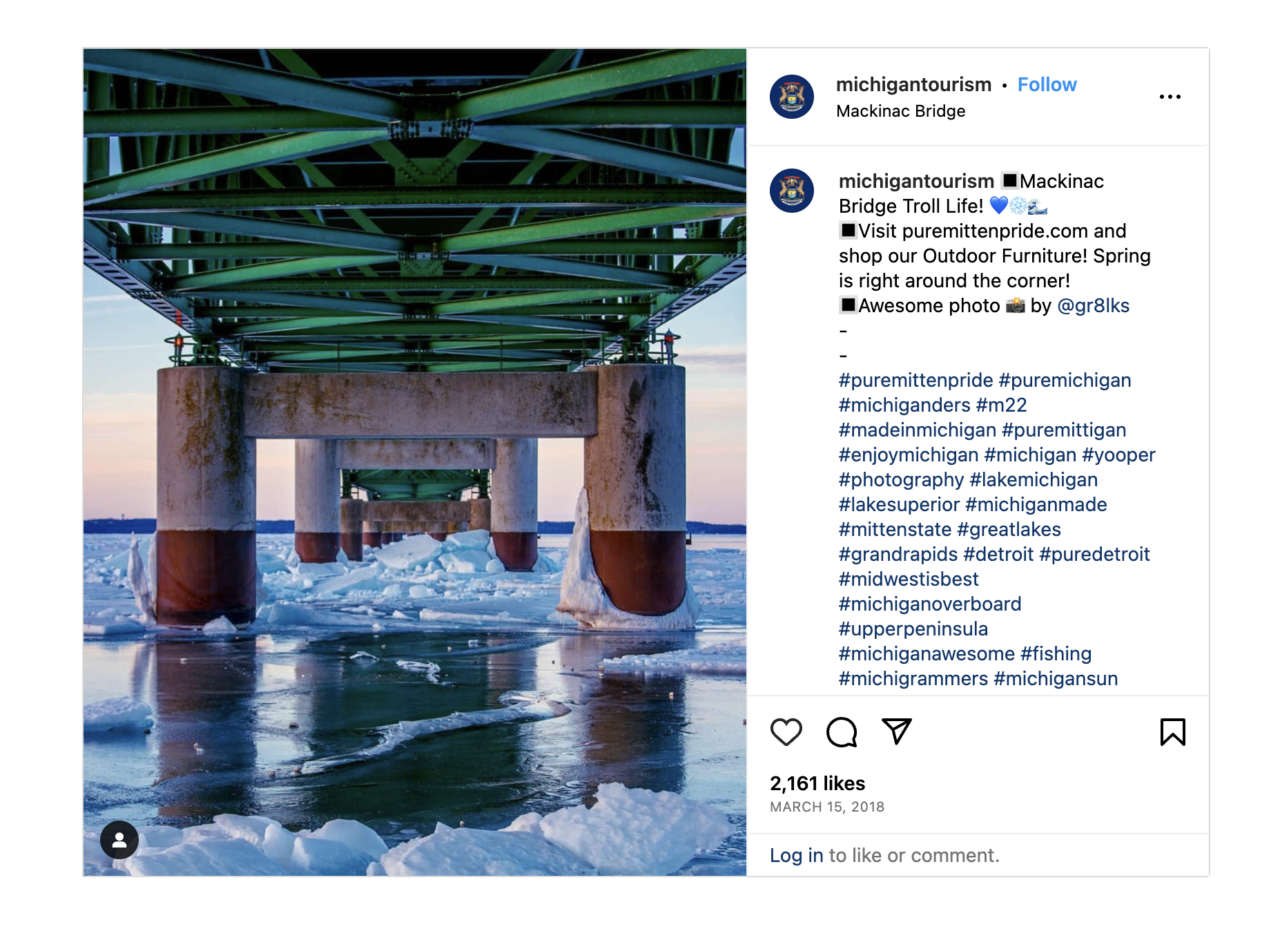The Mackinac Bridge connects Michigan’s Upper and Lower Peninsulas across the Straits of Mackinac. Exploring bridge facts reveals the story behind this structure that has become symbolic of Michigan itself. The Mackinac Bridge, known as “Mighty Mac,” spans 26,372 feet in total length, making it the fifth-longest suspension bridge globally and the longest in the Western Hemisphere.
What makes the Mackinac Bridge interesting is its historical significance. Before its construction, a ferry system transported people and vehicles across the straits, creating long wait times during peak seasons. The dream of building a bridge began as early as the 1880s, but it wasn’t until November 1957 that the bridge finally opened to traffic. This engineering marvel not only revolutionized transportation in Michigan but also created a permanent physical connection between two peninsulas previously separated by the powerful waters where Lake Michigan and Lake Huron meet.

- The Mackinac Bridge’s towering structure, illustrating its impressive engineering and historical significance. Source: @VisitTheSault – saultstemarie.com
The engineering accomplishments of the Mackinac Bridge cannot be overstated. Construction began in 1954 after decades of planning, with workers battling harsh weather conditions including freezing temperatures, high winds, and dangerous waters. The bridge’s main suspension span stretches 8,614 feet, supported by two main towers that rise 552 feet above the water. The architecture of the Mackinac Bridge had to account for the straits’ extreme conditions, incorporating design elements that allow the bridge to sway up to 35 feet in severe weather while remaining structurally sound.
One of the most interesting aspects of the bridge’s history is the meticulous attention to safety during construction. Despite the dangerous conditions, only five workers lost their lives during the building process—a remarkable safety record for a project of this magnitude in the 1950s. The bridge itself contains 42,000 miles of wire in the main cables, enough to encircle the earth 1.5 times, showcasing the immense scale of materials required for such an ambitious project. The cream-colored towers and green-painted suspended deck have become iconic elements that define the bridge’s recognizable silhouette against Michigan’s sky.

- A glimpse into the functional side of the Mackinac Bridge, showcasing its everyday significance. Source: @VisitTheSault – saultstemarie.com
When it comes to practical bridge facts, the Mackinac Bridge offers some surprising economic insights. The toll to cross the bridge was originally $3.25 when it opened in 1957, and remarkably, it has only increased to $4.00 per vehicle in recent years. This minimal price increase represents an extraordinary value considering that if adjusted for inflation, the original toll would equate to over $30 today. This commitment to accessibility demonstrates how the bridge has prioritized its primary purpose—connecting communities—over profit maximization throughout its history.
Bridges that span significant waterways often present challenges to travelers, and the Mackinac Bridge addresses these concerns with compassion through its Driver Assistance Program. For those who experience anxiety about crossing the five-mile span, particularly during high winds or poor visibility, the Mackinac Bridge Authority offers a free service where a staff member will drive nervous travelers and their vehicles across the bridge. This interesting accommodation acknowledges the psychological impact the bridge’s height and length can have on some individuals, ensuring that the connection between peninsulas remains accessible to all Michigan residents and visitors regardless of their comfort level with heights.
The architecture and maintenance practices of the Mackinac Bridge reflect a deep respect for both the structure itself and the surrounding environment. Unlike many northern bridges that rely heavily on road salt for winter maintenance, the Mackinac Bridge uses sand instead. This approach serves two critical purposes: it prevents corrosion of the bridge’s steel components, extending its lifespan, and it protects the Great Lakes from salt contamination. This maintenance decision exemplifies the environmental stewardship that has characterized the bridge’s operation since its inception.
Among the more interesting historical and geographical points in the bridge’s story is the pronunciation of its name. Despite being spelled “Mackinac,” locals and those familiar with the region pronounce it “Mackinaw.” This linguistic quirk stems from the area’s rich history, with French settlers spelling it with a “c” and British settlers using a “w.” Today, there’s an unofficial rule that anything at or north of the bridge is spelled “Mackinac,” while areas south of the bridge use “Mackinaw.” The bridge itself represents more than just a physical connection—it marks the meeting point of Lakes Michigan and Huron, two of the Great Lakes that together contain approximately 8% of the world’s fresh surface water.
